The reptilian world is filled with remarkable creatures that have evolved extraordinary adaptations to survive in diverse environments. Lizards, in particular, showcase some of the most fascinating physical features in the animal kingdom. From color-changing abilities to specialized defensive mechanisms, these cold-blooded wonders have developed unique characteristics that help them thrive in their respective habitats. In this article, we’ll explore fourteen lizard species with extraordinary physical features that demonstrate nature’s incredible capacity for innovation and adaptation.
Chameleons: Masters of Color Transformation

Chameleons are perhaps the most famous lizards when it comes to unique physical features, known primarily for their remarkable ability to change color. This color-changing capability isn’t primarily for camouflage as commonly believed, but rather for communication, temperature regulation, and emotional expression. Their specialized skin cells contain pigments that can expand or contract to reflect different wavelengths of light. Beyond their chromatic talents, chameleons possess independently movable eyes that can rotate 360 degrees, allowing them to scan their surroundings without moving their heads. Their projectile tongues can extend to lengths greater than their body, reaching prey in as little as 0.07 seconds—one of the fastest movements in the animal kingdom.
Thorny Devil: The Walking Fortress

The Thorny Devil (Moloch horridus) of Australia boasts one of the most intimidating appearances in the lizard world, covered from head to tail in sharp, thorn-like spines. These formidable spikes serve as effective defense against predators, making the lizard difficult and painful to swallow. Beyond their thorny armor, these remarkable creatures possess a unique hydration system—their skin features microscopic channels that function like drinking straws, allowing them to collect water through capillary action from any part of their body. This adaptation enables them to harvest morning dew or even moisture from sand, a critical survival mechanism in their arid desert habitat. Despite their fearsome appearance, Thorny Devils are harmless to humans and feed exclusively on ants, sometimes consuming thousands in a single day.
Flying Dragon: Gliding Through Asian Forests
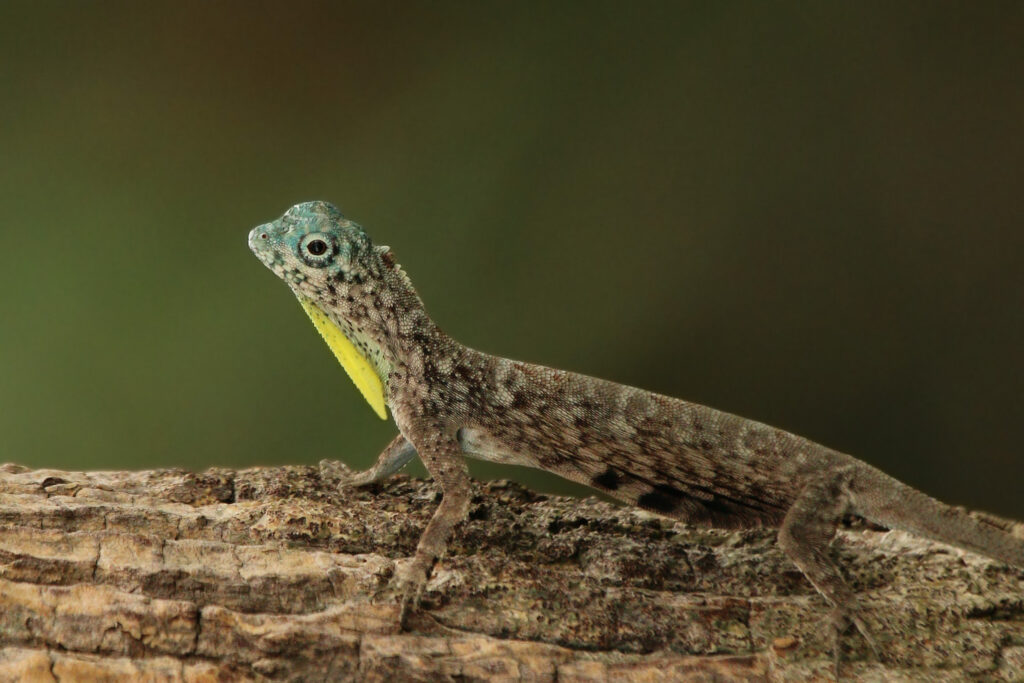
The Flying Dragon (Draco volans) possesses an extraordinary adaptation that allows it to perform feats no other lizard can—true gliding flight. These small arboreal lizards have developed elongated ribs that extend outward from their body, supporting membranes of skin that can be deployed like wings. When threatened or moving between trees, they can leap from heights and glide distances of up to 60 feet, navigating with remarkable precision through forest canopies. Their wing-like patagia can be folded against their body when not in use, allowing them to move normally along branches and tree trunks. Native to Southeast Asian forests, these diminutive dragons also possess a specialized throat flap called a dewlap, which males display during territorial and mating rituals, flashing bright colors to attract females or intimidate rivals.
Frilled Lizard: The Intimidating Performer
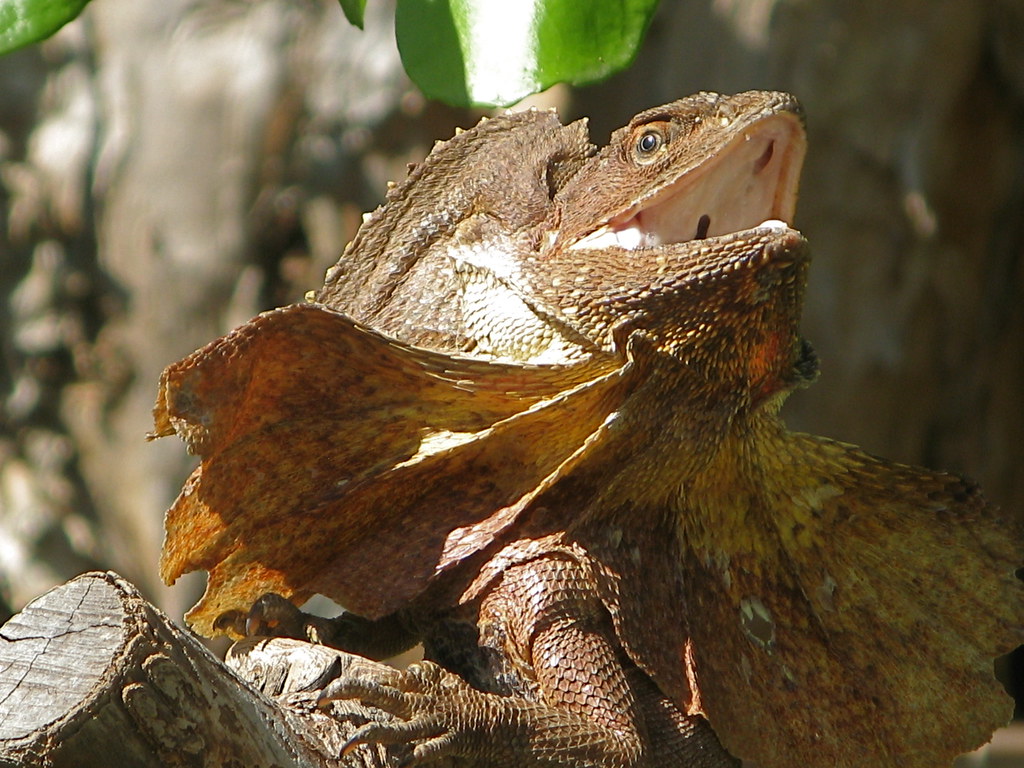
The Frilled Lizard (Chlamydosaurus kingii) of Australia and New Guinea boasts one of the most dramatic defensive displays in the reptile world. When threatened, this lizard erects a large frill of skin that encircles its head, creating the illusion of a much larger creature to potential predators. This impressive frill, supported by cartilaginous spines attached to the jaw bones, can expand to several times the size of the lizard’s head in a fraction of a second. To enhance this intimidation display, the Frilled Lizard stands on its hind legs, opens its brightly colored mouth wide, and hisses loudly. If this theatrical performance fails to deter a threat, the lizard will sprint away on its hind legs in a bipedal run, resembling a miniature dinosaur as it makes its escape.
Armadillo Lizard: The Living Pinecone

The Armadillo Lizard (Ouroborus cataphractus) of South Africa employs a unique defensive strategy reminiscent of its mammalian namesake. When threatened, this remarkable reptile grabs its tail in its mouth and rolls into a tight ball, presenting nothing but heavily armored scales to potential predators. These overlapping, spiny scales cover its entire body, creating an effective shield against bites and attacks. Unlike most lizards that lay eggs, the Armadillo Lizard is viviparous, giving birth to live young after a gestation period of six to eight months. These social lizards live in family groups of up to 30 individuals, sharing rock crevices and defending their territory collectively—a rare communal behavior among reptiles that enhances their survival in harsh desert environments.
Basilisk Lizard: The Jesus Christ Lizard
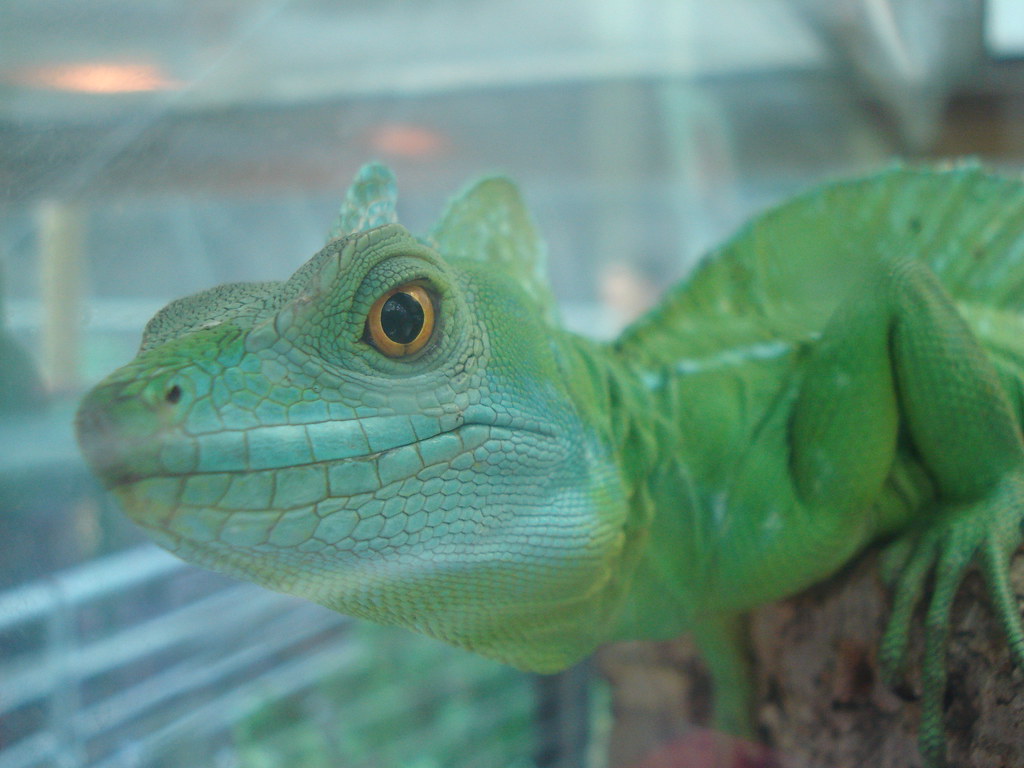
The Basilisk Lizard (Basiliscus genus) has earned the nickname “Jesus Christ Lizard” for its remarkable ability to run across water surfaces without sinking. This seemingly miraculous feat is made possible by specialized scales on their long toes that create a larger surface area, combined with their incredible speed—up to 5 feet per second—allowing them to sprint across water before physics catches up. The lizard’s feet create tiny air pockets that temporarily prevent them from breaking the water’s surface tension. Male basilisks develop distinctive high crests on their heads, backs, and tails that enhance their appearance during mating displays and territorial confrontations. These semi-aquatic reptiles are equally comfortable swimming underwater, running on land, or climbing trees, making them versatile predators in their Central and South American habitats.
Gila Monster: Venomous Desert Dweller
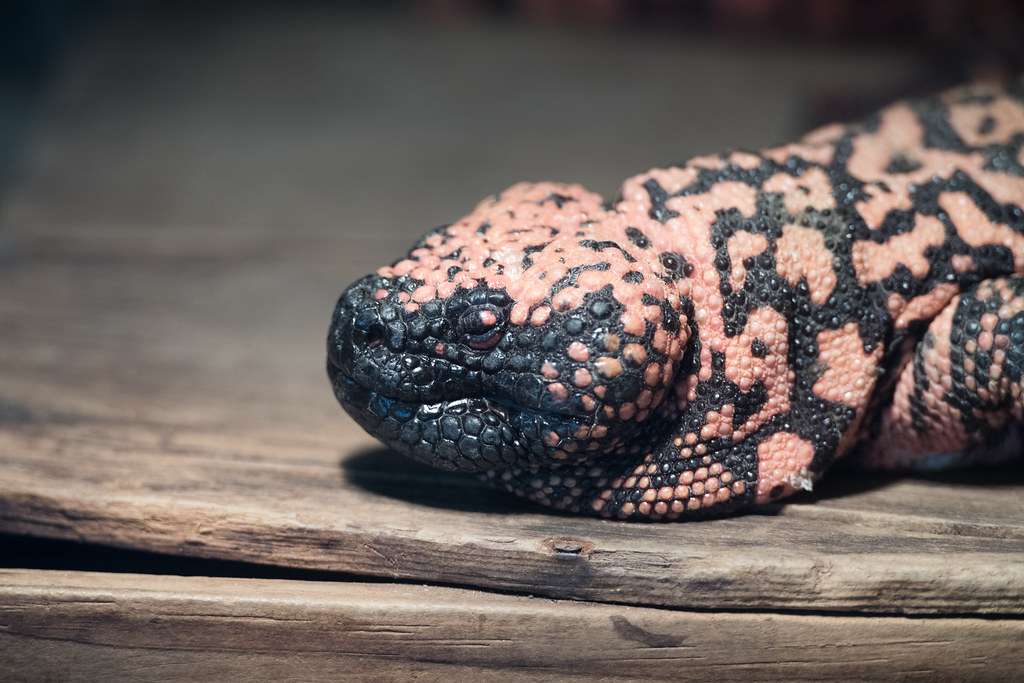
The Gila Monster (Heloderma suspectum) is one of only a handful of venomous lizards in the world, possessing specialized venom glands in its lower jaw. Unlike snakes that inject venom through hollow fangs, the Gila Monster delivers its toxin through capillary action along grooved teeth as it chews on its prey, creating a painful and potentially dangerous bite. Their brightly colored orange or pink and black beaded skin serves as a warning to potential predators—an example of aposematic coloration. These heavy-bodied lizards store fat in their tails and can survive on just three or four large meals per year, an adaptation perfectly suited to their harsh desert environment. Protected by law in the United States, Gila Monster venom has provided valuable compounds for medical research, including the development of a medication used to treat type 2 diabetes.
Satanic Leaf-tailed Gecko: Master of Disguise
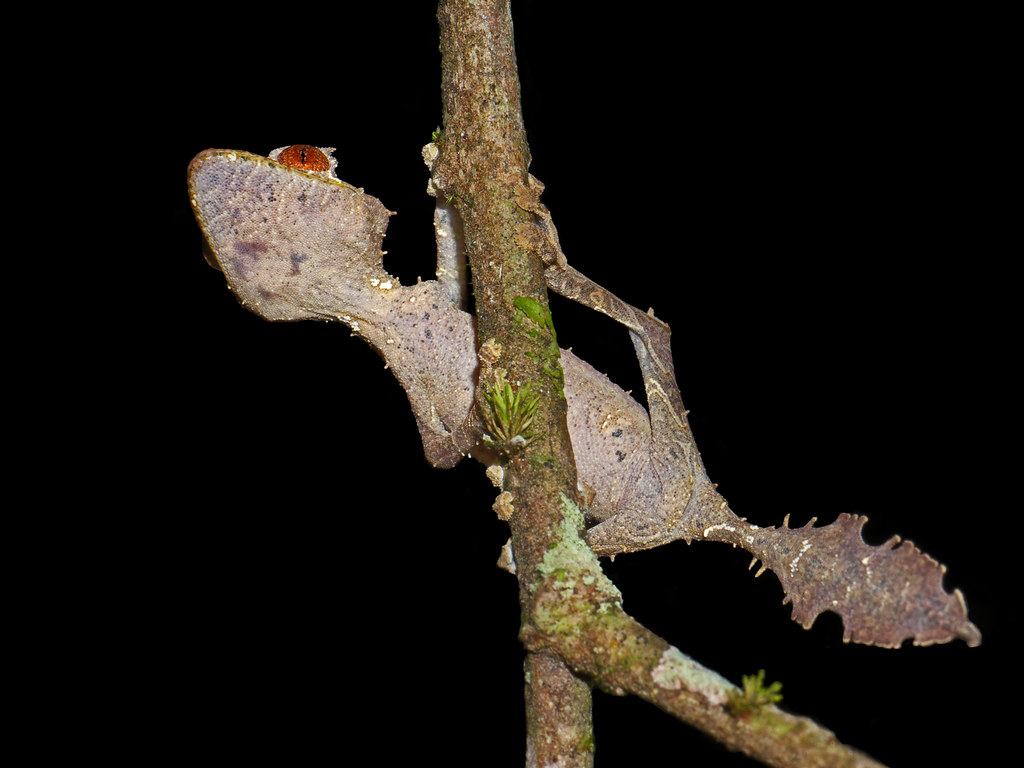
The Satanic Leaf-tailed Gecko (Uroplatus phantasticus) of Madagascar represents one of the most extraordinary examples of camouflage in the animal kingdom. Its body is perfectly evolved to mimic a dead leaf, complete with irregular edges, apparent veins, and even what appear to be decay spots and insect damage. Their flattened bodies cast minimal shadows, while their skin texture and coloration—ranging from browns to greens to grays—blend seamlessly with tree bark and foliage. When threatened, these geckos enhance their leaf-like appearance by pressing their bodies flat against surfaces and remaining perfectly still. For additional defense, they can open their mouths wide to display a bright red interior while making hissing sounds, a startling contrast to their otherwise cryptic appearance that may momentarily confuse predators.
Horned Lizard: The Blood-Squirting Defender
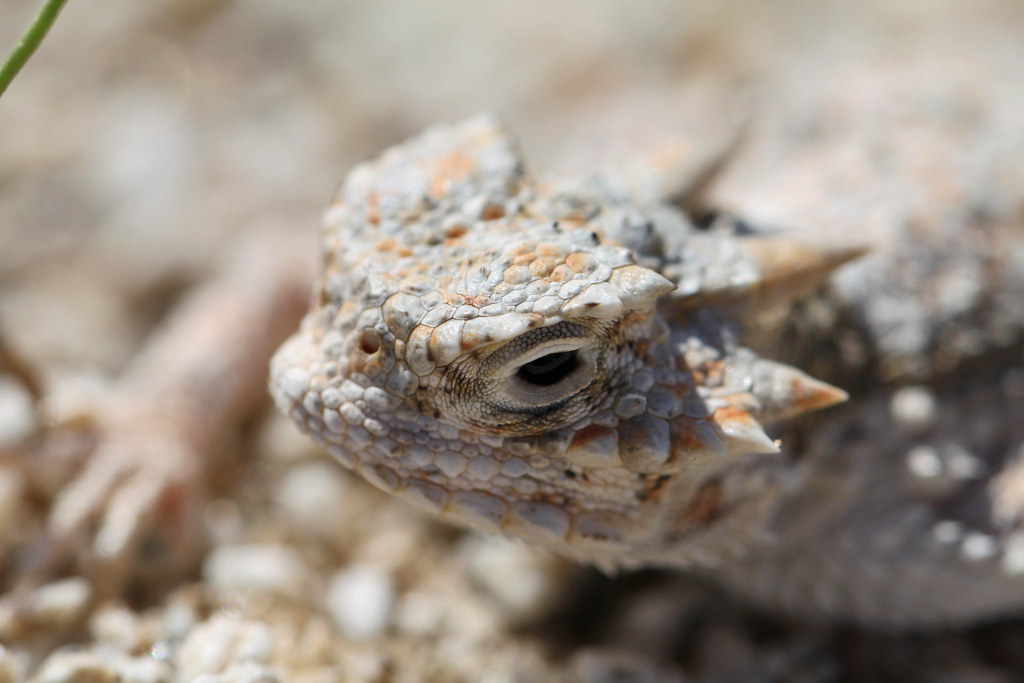
Horned Lizards (Phrynosoma genus) possess one of the most unusual defensive mechanisms in the animal kingdom—the ability to squirt blood from their eyes. When threatened by certain predators, particularly canids like coyotes and foxes, these lizards can rupture tiny blood vessels around their eyes and project blood streams up to five feet away. This blood contains chemicals that are noxious and distasteful to these predators, creating an effective deterrent. Their bodies are covered in sharp, horn-like spines that provide physical protection, while their wide, flattened shape allows them to settle into sand, making them difficult to spot. These specialized lizards have evolved an unusual diet consisting primarily of harvester ants, which most other animals avoid due to their powerful stings and unpalatable taste.
Tokay Gecko: The Vocal Giant
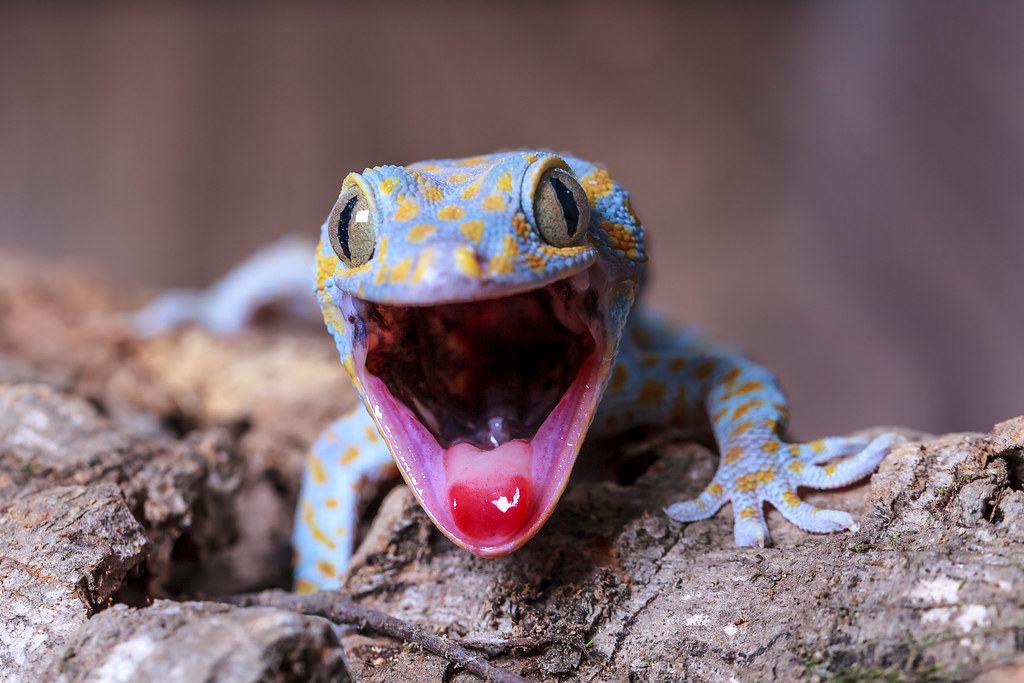
The Tokay Gecko (Gekko gecko) stands out among lizards for its exceptionally loud vocalizations, which sound remarkably like its name—”to-kay, to-kay”—and can be heard from considerable distances. These large geckos possess specialized adhesive lamellae on their toes, microscopic structures that utilize van der Waals forces to allow them to climb virtually any surface, even glass, and support their substantial weight while hanging upside down. Their vibrant coloration—bluish-gray bodies covered with bright orange or red spots—is unusual for nocturnal animals and serves as a warning to potential predators. Tokay Geckos are known for their powerful bite, which they can maintain for extended periods, using sharp teeth and strong jaw muscles that make them formidable hunters capable of taking down larger prey than most geckos, including small vertebrates.
Blue-tongued Skink: The Bluffing Lizard
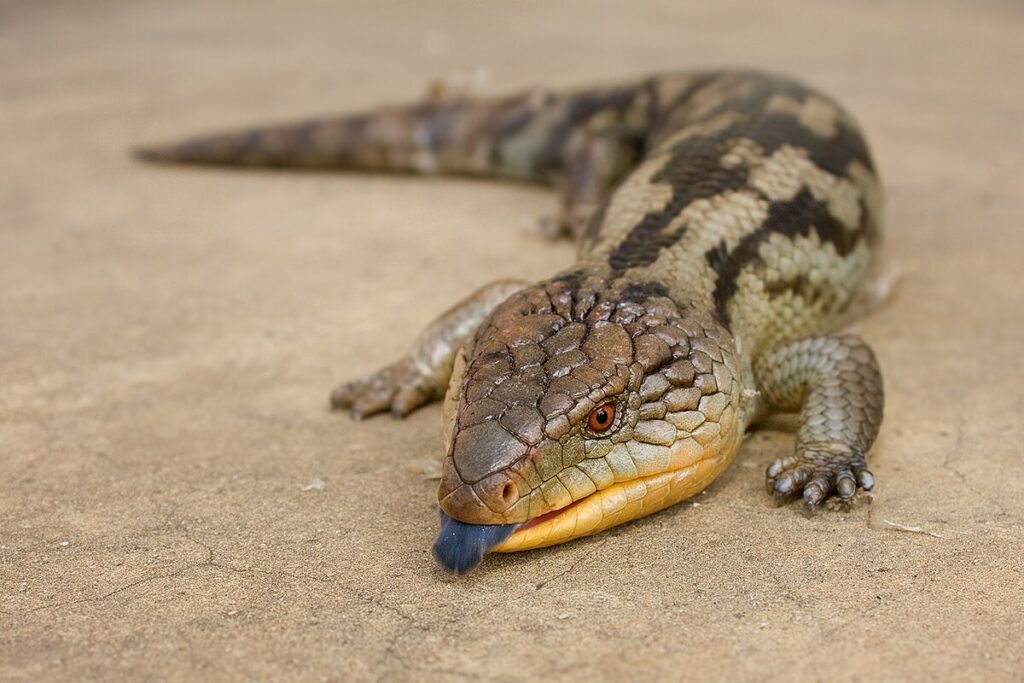
The Blue-tongued Skink (Tiliqua genus) employs one of the most startling visual defenses in the lizard world—a large, intensely blue tongue that it displays when threatened. When confronted by a predator, these lizards flatten their bodies to appear larger, hiss loudly, and dramatically expose their bright blue tongues in a startling display that often confuses potential attackers. This vibrant blue coloration stands in stark contrast to their otherwise earthy-toned bodies, creating a memorable visual warning. Unlike many lizards, Blue-tongued Skinks have short legs relative to their substantial body size, giving them a snake-like appearance that may trigger innate caution in some predators. These omnivorous reptiles possess broad, crushing jaws and strong muscles that allow them to process a wide variety of foods, from insects and snails to fruits and flowers.
Sungazer Lizard: The Living Fortress
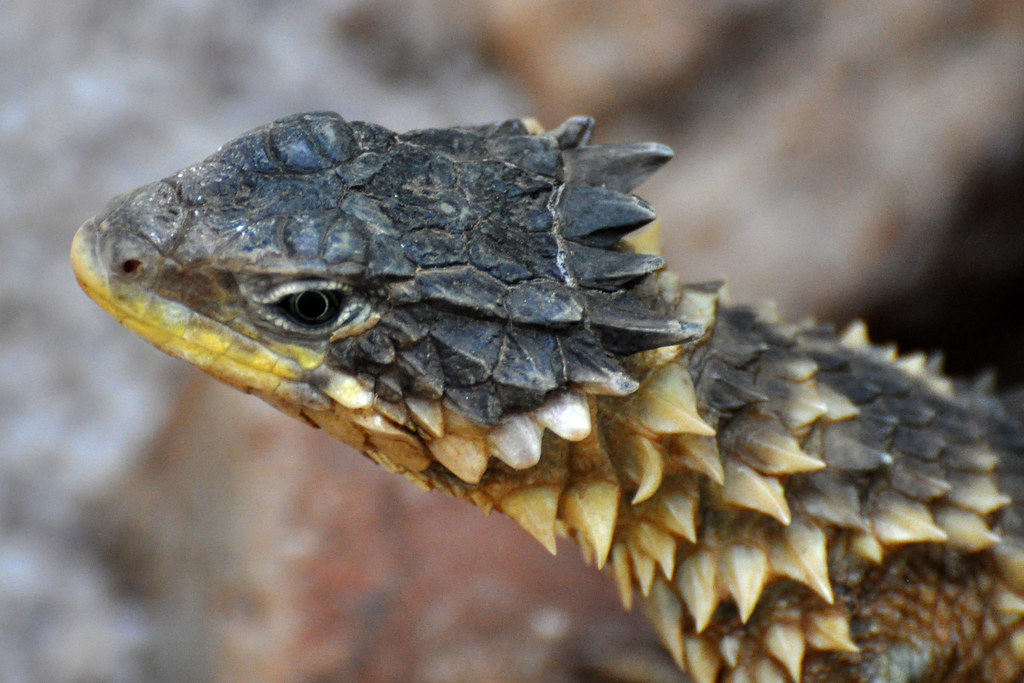
The Sungazer Lizard (Smaug giganteus), also known as the Giant Girdled Lizard, possesses one of the most heavily armored bodies in the lizard world. Their bodies are covered with large, spiky scales arranged in distinct rings or “girdles” around their bodies, with particularly imposing spines protecting their necks and tails. This formidable armor makes them difficult for predators to swallow and provides effective protection against bites and attacks. These South African lizards derive their common name from their habit of basking at their burrow entrances with their heads pointed upward, appearing to “gaze” at the sun. Unlike many lizards that flee from danger, Sungazers stand their ground when threatened, using their armored bodies and powerful jaws as defense rather than speed.
Mata Mata: The Aquatic Ambush Predator
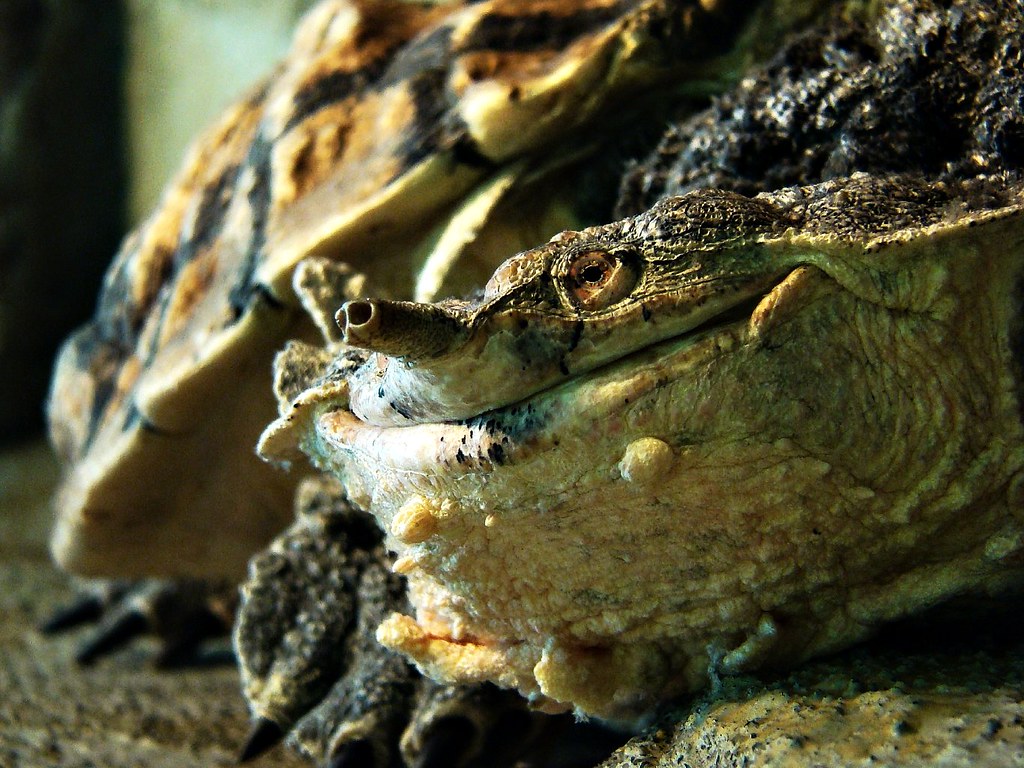
The Mata Mata (Chelus fimbriata), while technically a turtle, is often mistaken for a lizard due to its unusual appearance and deserves mention for its extraordinary physical adaptations. Its flattened, leaf-like appearance, complete with a triangular head and elongated, tubular snout, creates one of the most unusual profiles in the reptile world. The Mata Mata’s shell and skin are textured with ridges, knobs, and flaps that perfectly mimic submerged vegetation and debris in its Amazonian habitat. Rather than actively pursuing prey, this specialized ambush predator remains motionless on river bottoms, using rapid neck extension and powerful suction to vacuum fish into its mouth—a process completed in less than 15 milliseconds. Their wide, flat heads house extremely large hyoid bones that enable this remarkable suction-feeding technique, allowing them to consume prey without ever actively swimming after it.
Bearded Dragon: The Social Signaler
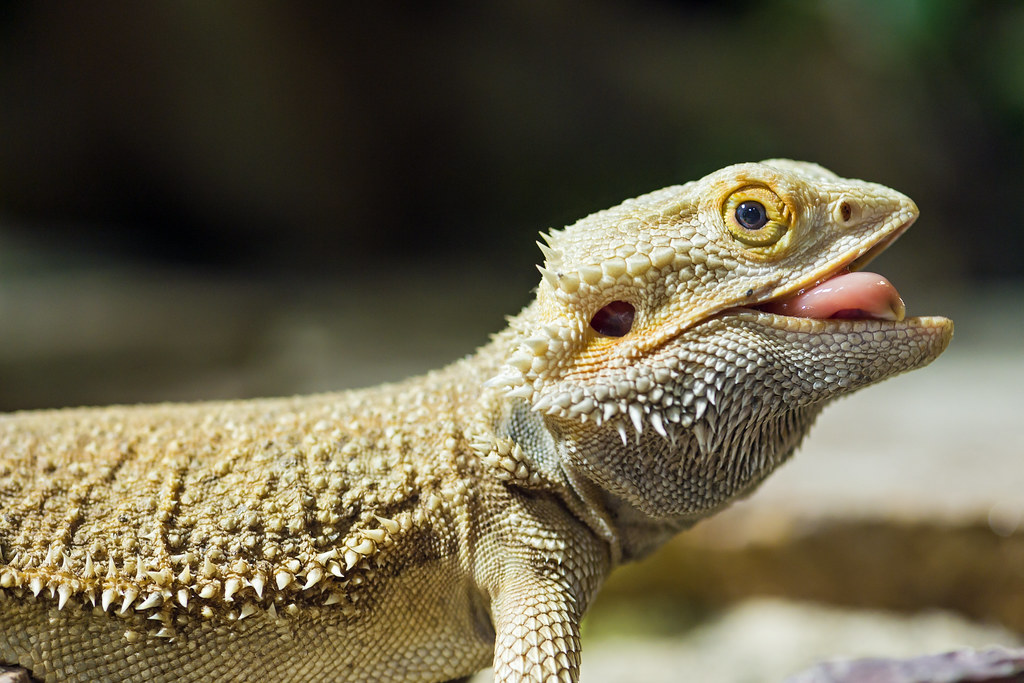
The Bearded Dragon (Pogona genus) features a specialized throat pouch lined with spiny scales that can be expanded and darkened to create their namesake “beard.” This distinctive feature serves multiple communication purposes, from intimidation displays during territorial conflicts to courtship signals during breeding season. When threatened, these lizards don’t just display their beards—they complement this visual warning by opening their mouths wide, hissing, and flattening their bodies to appear larger and more imposing to potential predators. Unlike many reptiles, Bearded Dragons possess a rich repertoire of social behaviors, including arm-waving and head-bobbing displays that communicate submission, dominance, and recognition to other dragons. Their bodies are covered with rows of modified scales that form spiny projections, particularly along their sides and neck, providing some protection while contributing to their distinctive appearance.
Conclusion
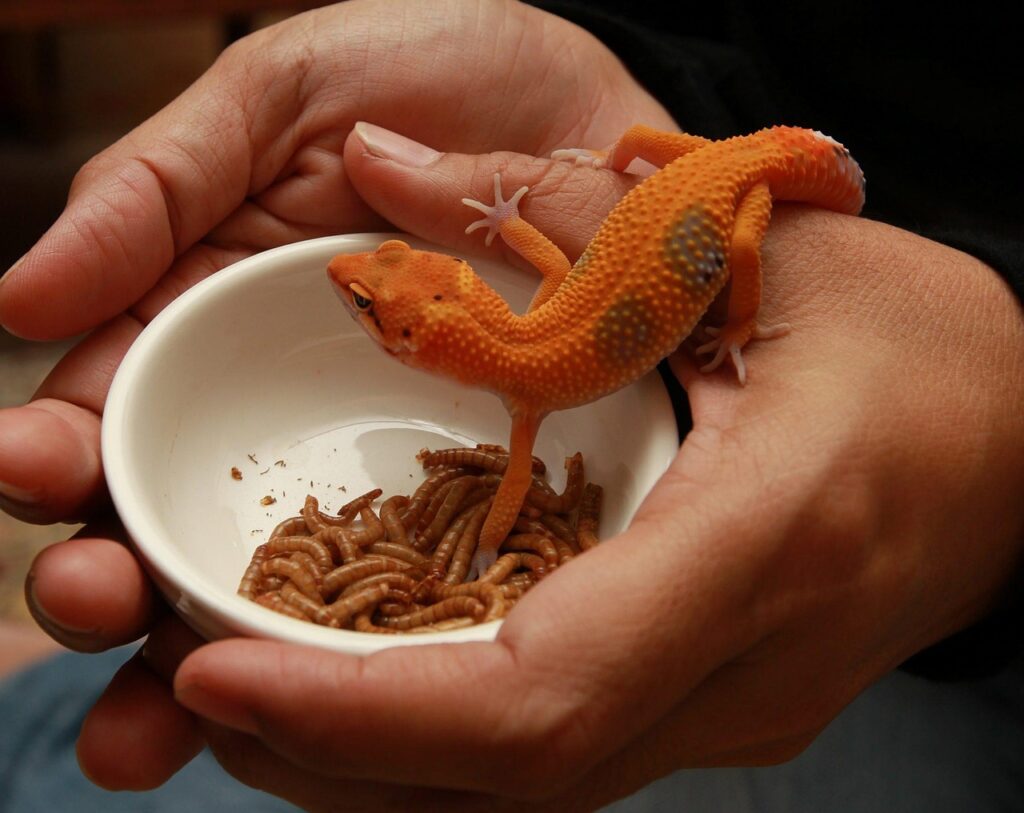
These fourteen remarkable lizard species represent just a fraction of the incredible diversity and specialization found among reptiles. From color-changing chameleons to blood-squirting horned lizards, each species has evolved unique physical features that enable it to thrive in its specific ecological niche. These adaptations—whether for defense, hunting, communication, or survival in harsh environments—showcase the extraordinary results of millions of years of evolutionary processes. As we continue to study these fascinating creatures, we gain not only a deeper appreciation for nature’s creativity but also valuable insights that might inspire innovations in fields ranging from medicine to materials science. The unusual physical features of these lizards remind us that in the endless quest for survival, life finds remarkable and sometimes bizarre solutions to environmental challenges.

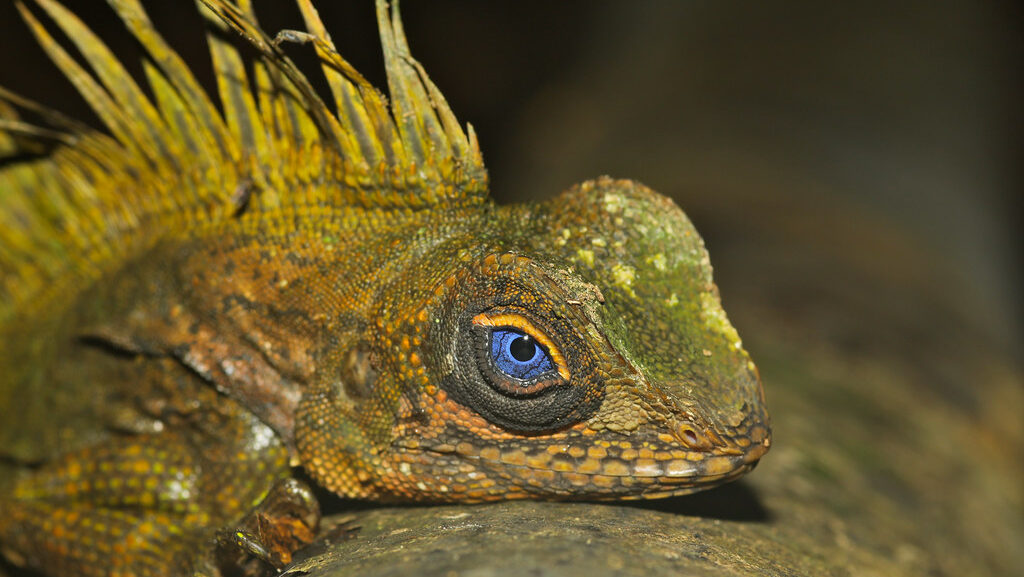
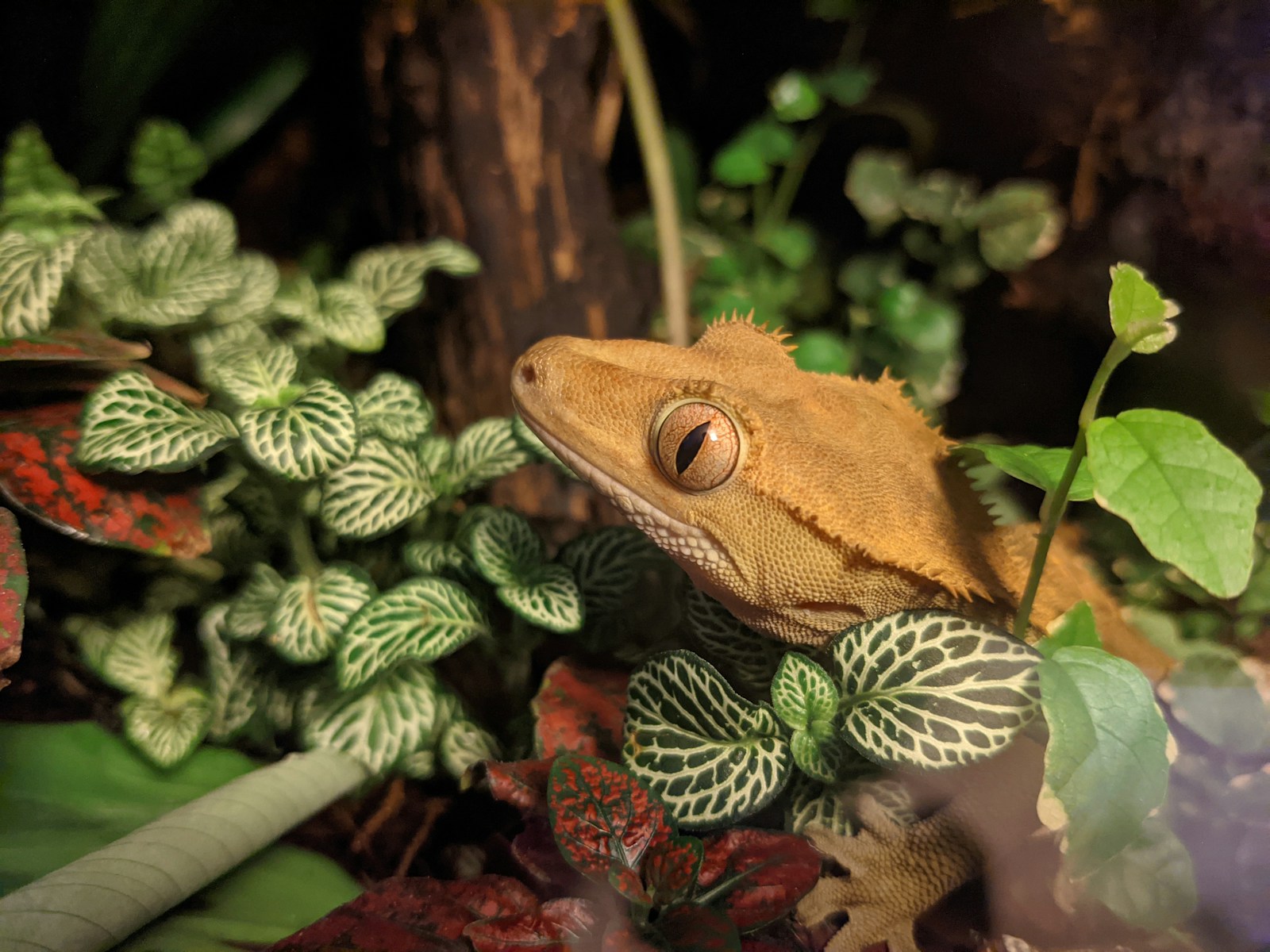
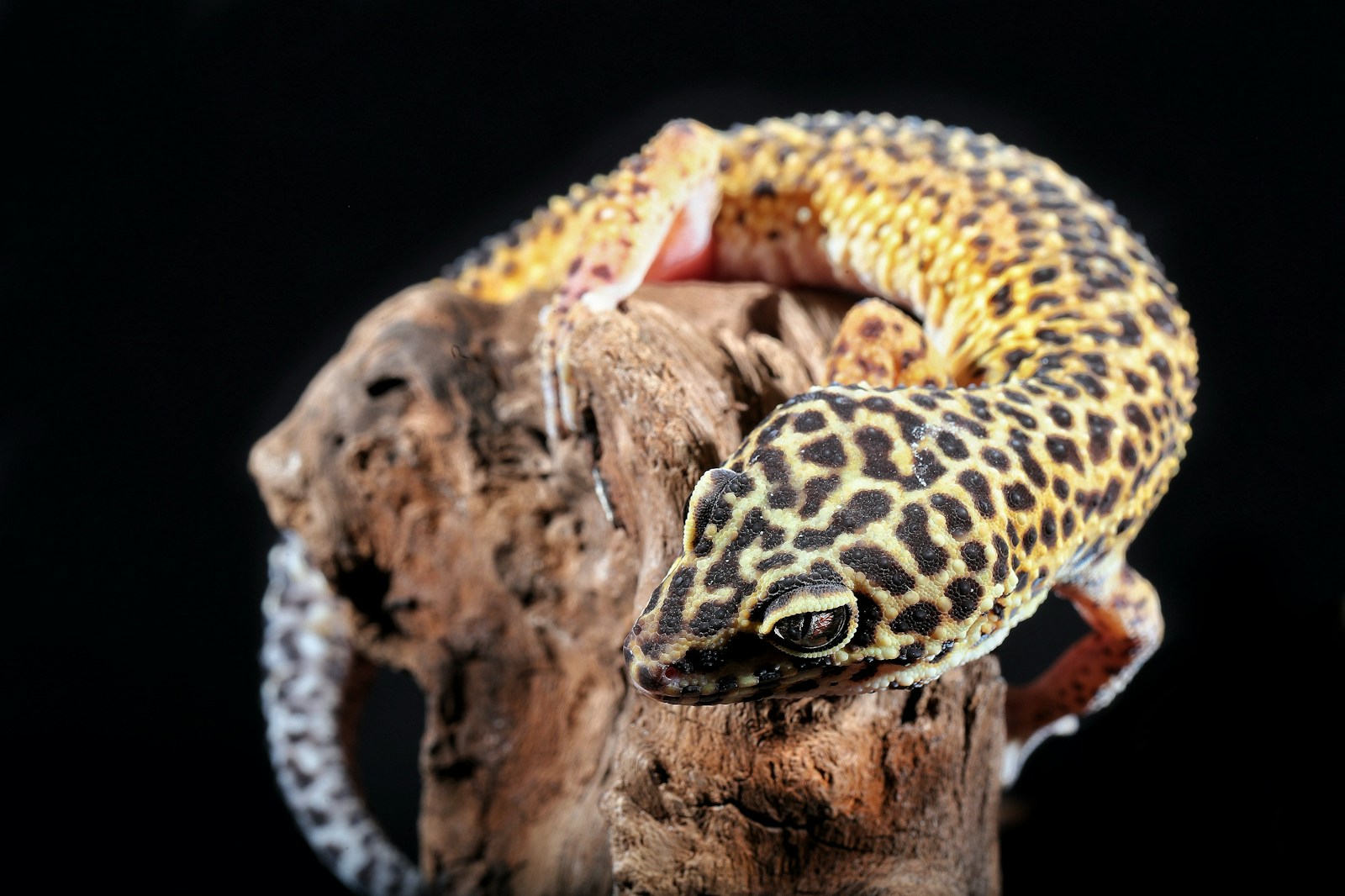

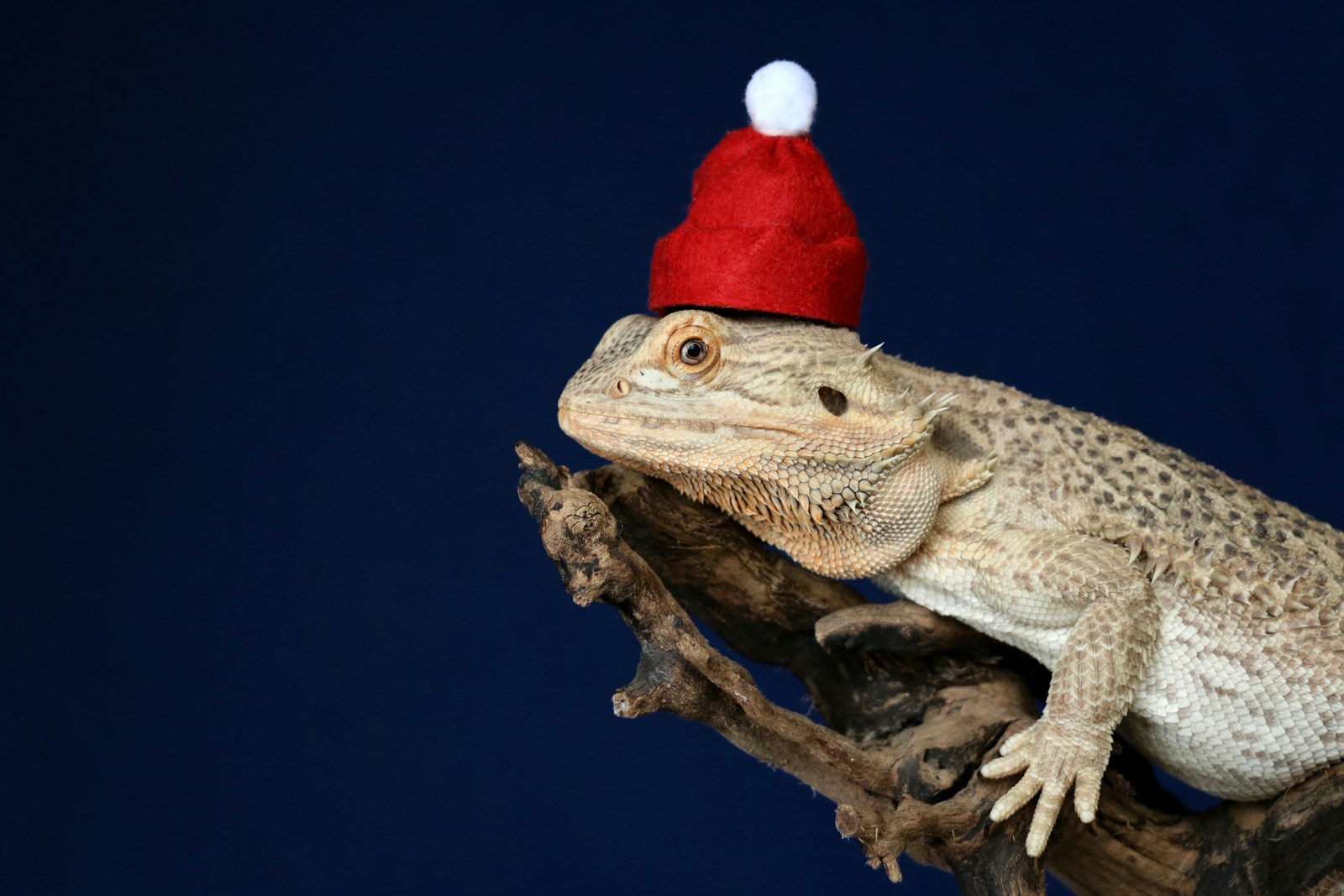
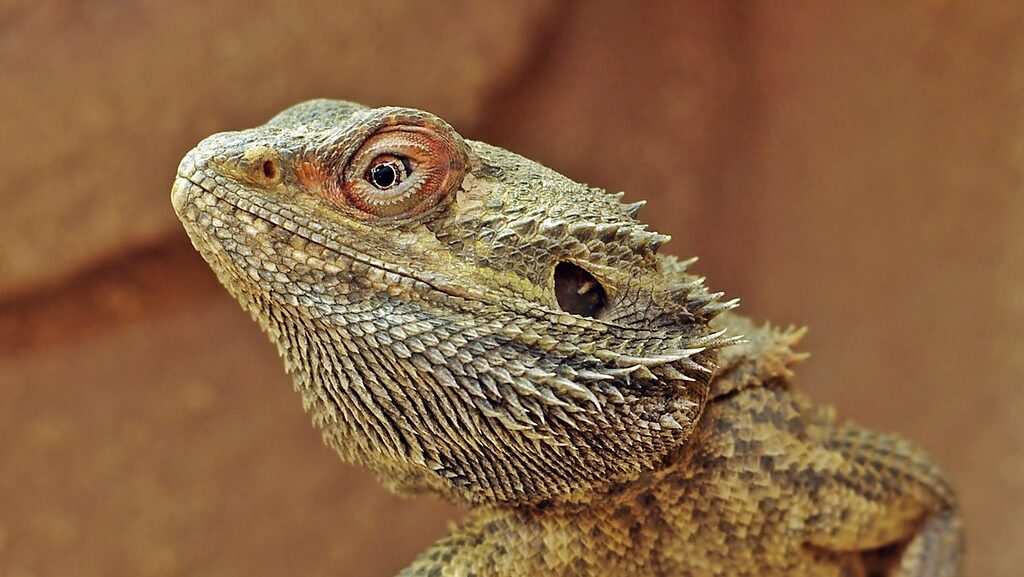
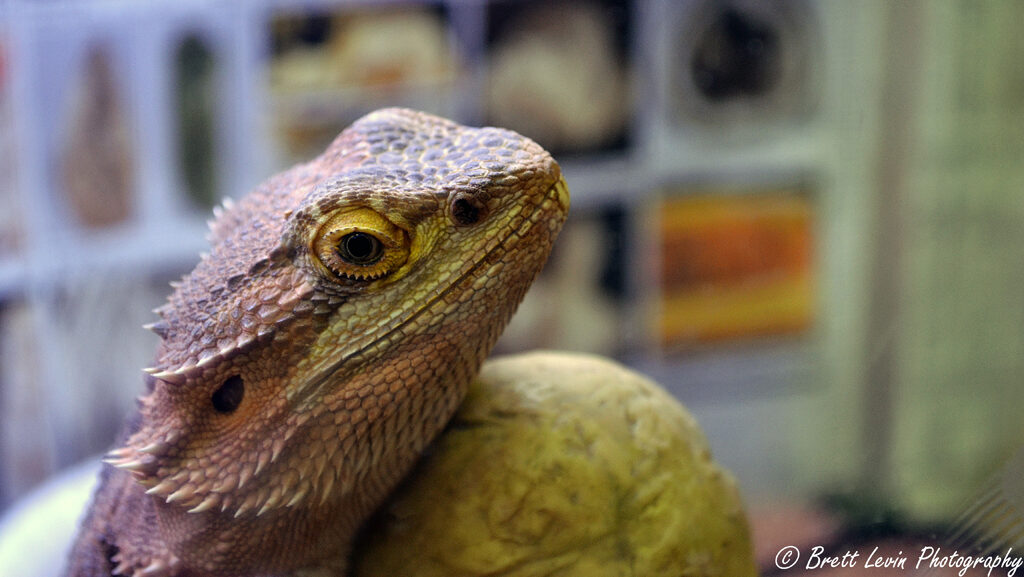
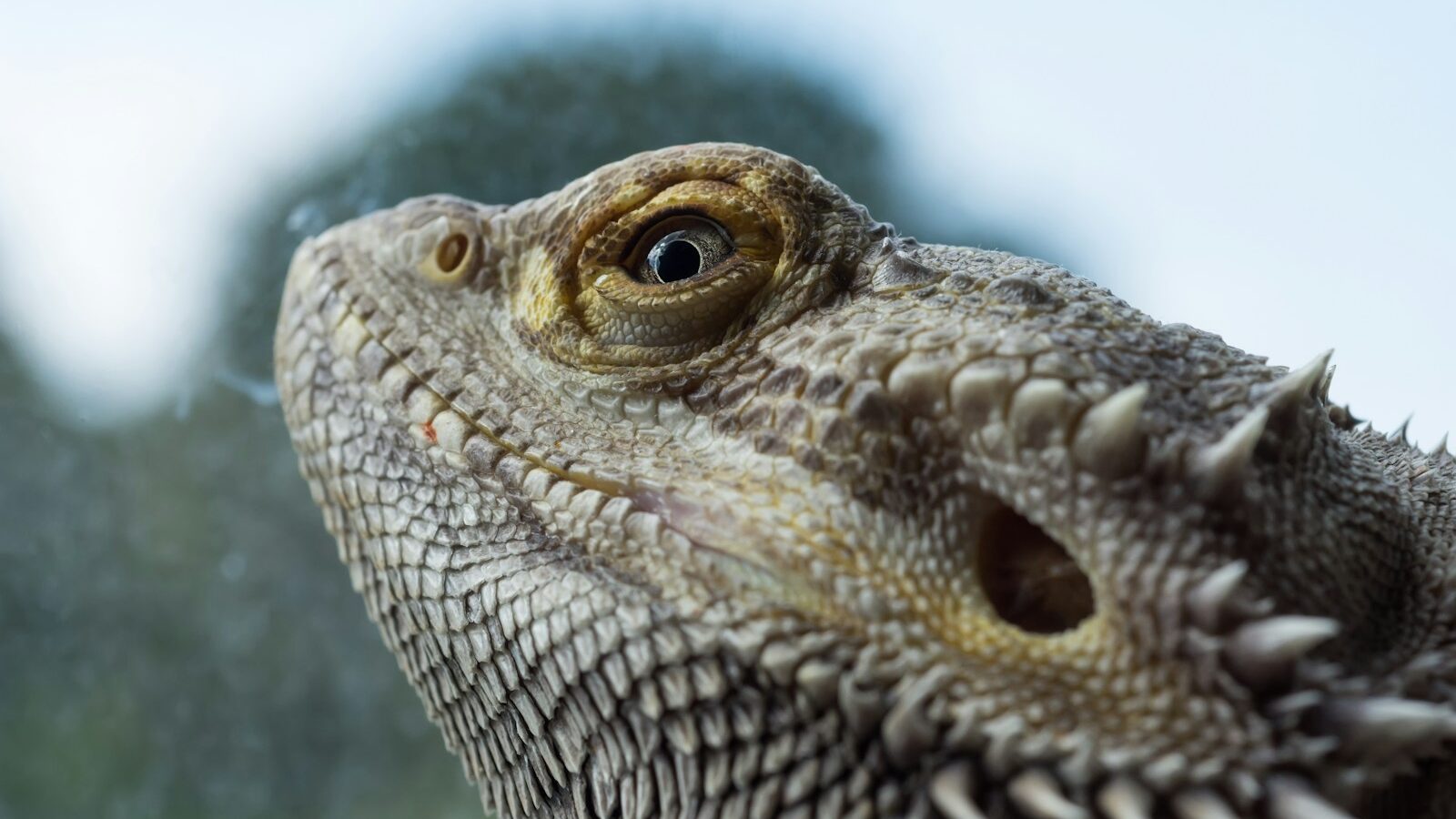
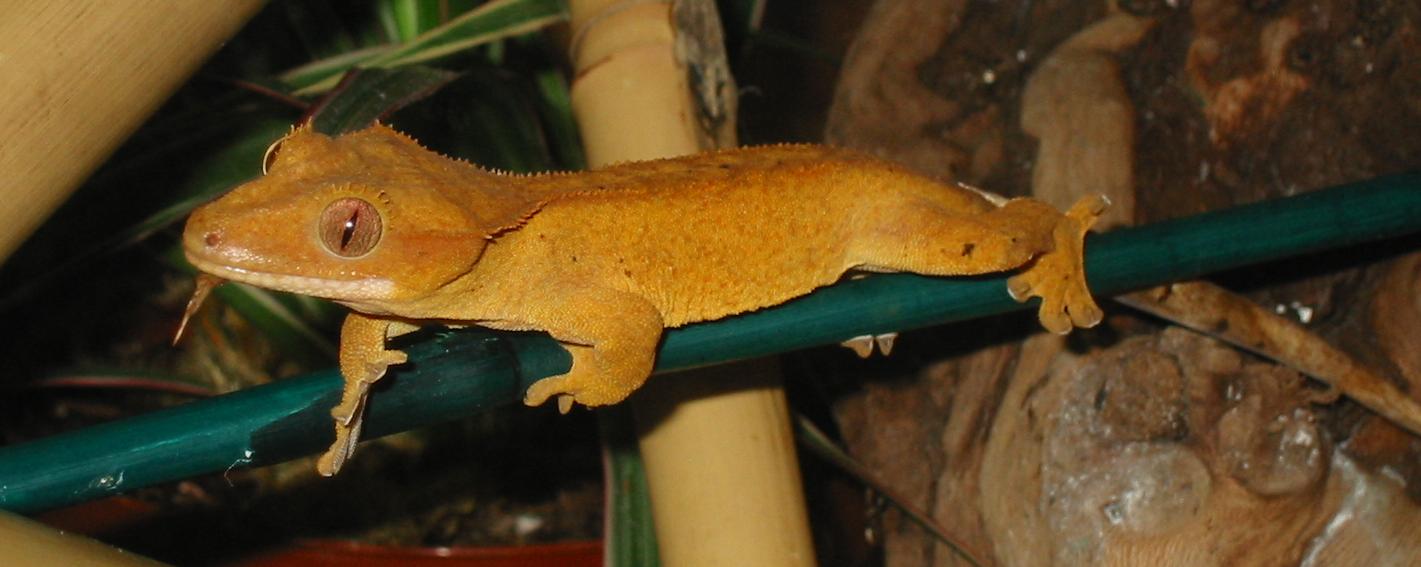
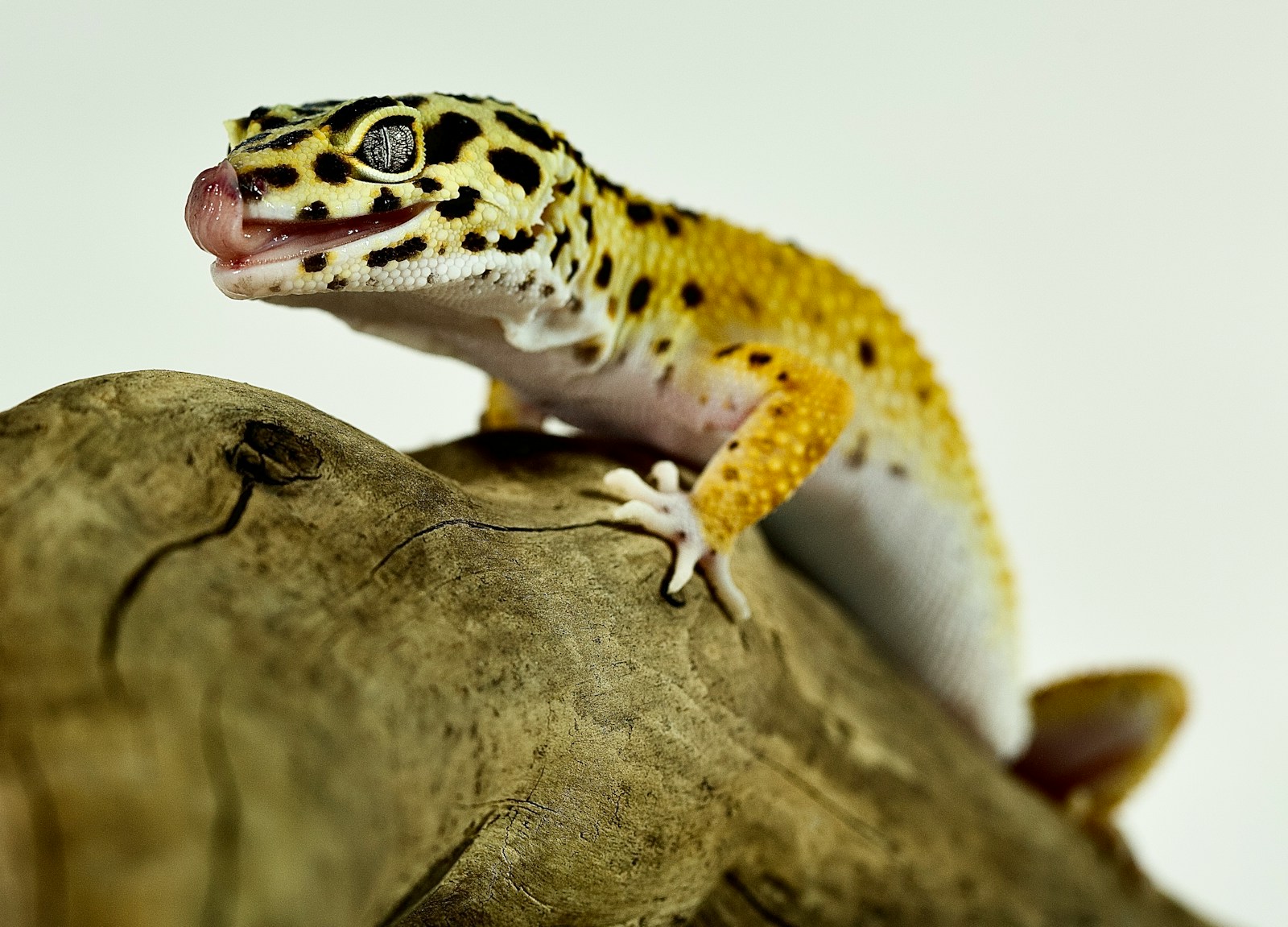

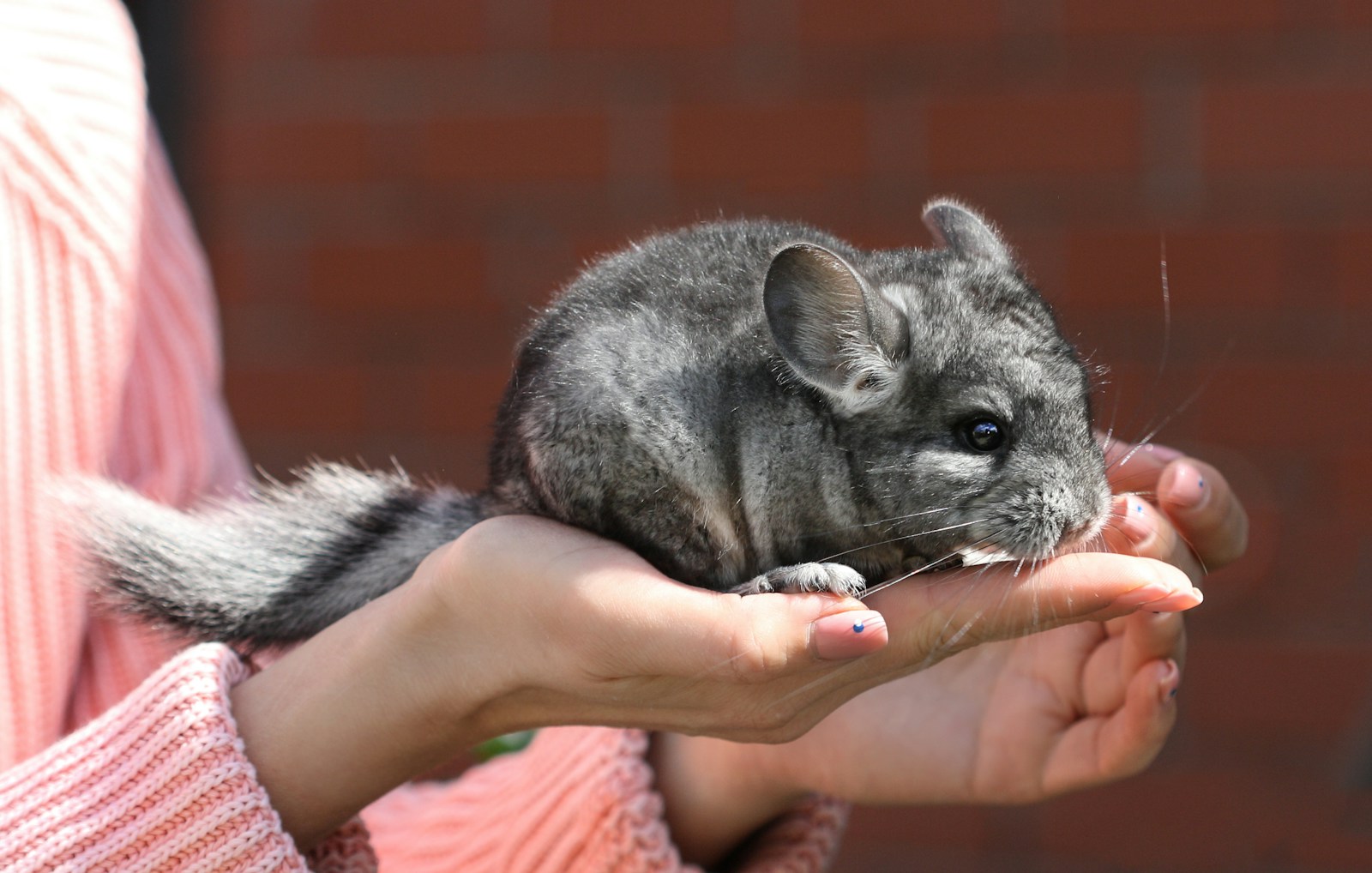

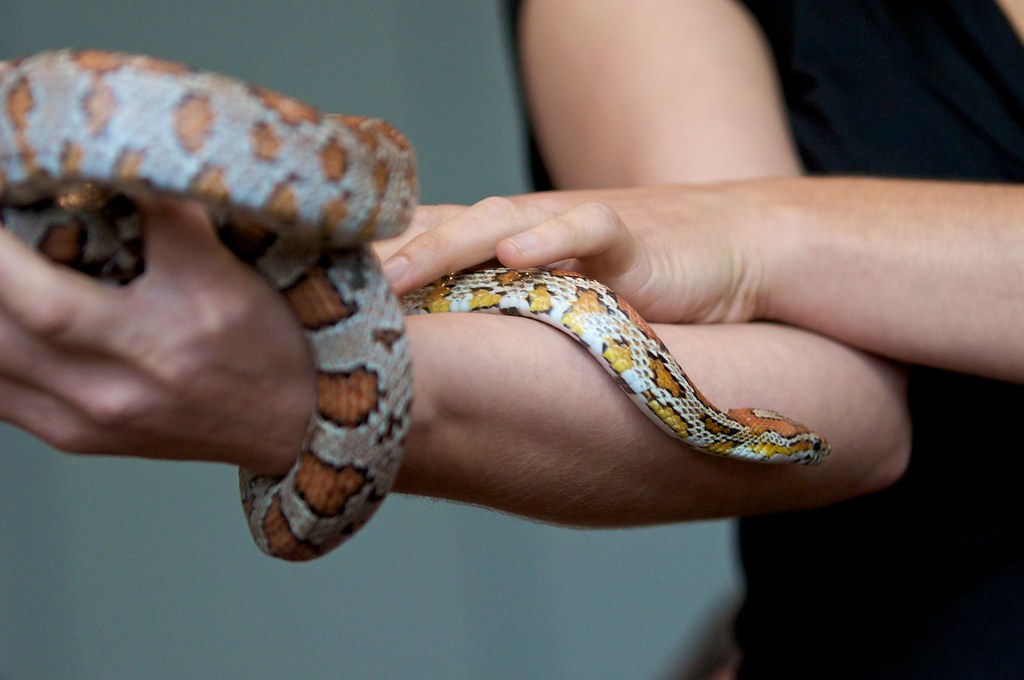
Leave a Reply